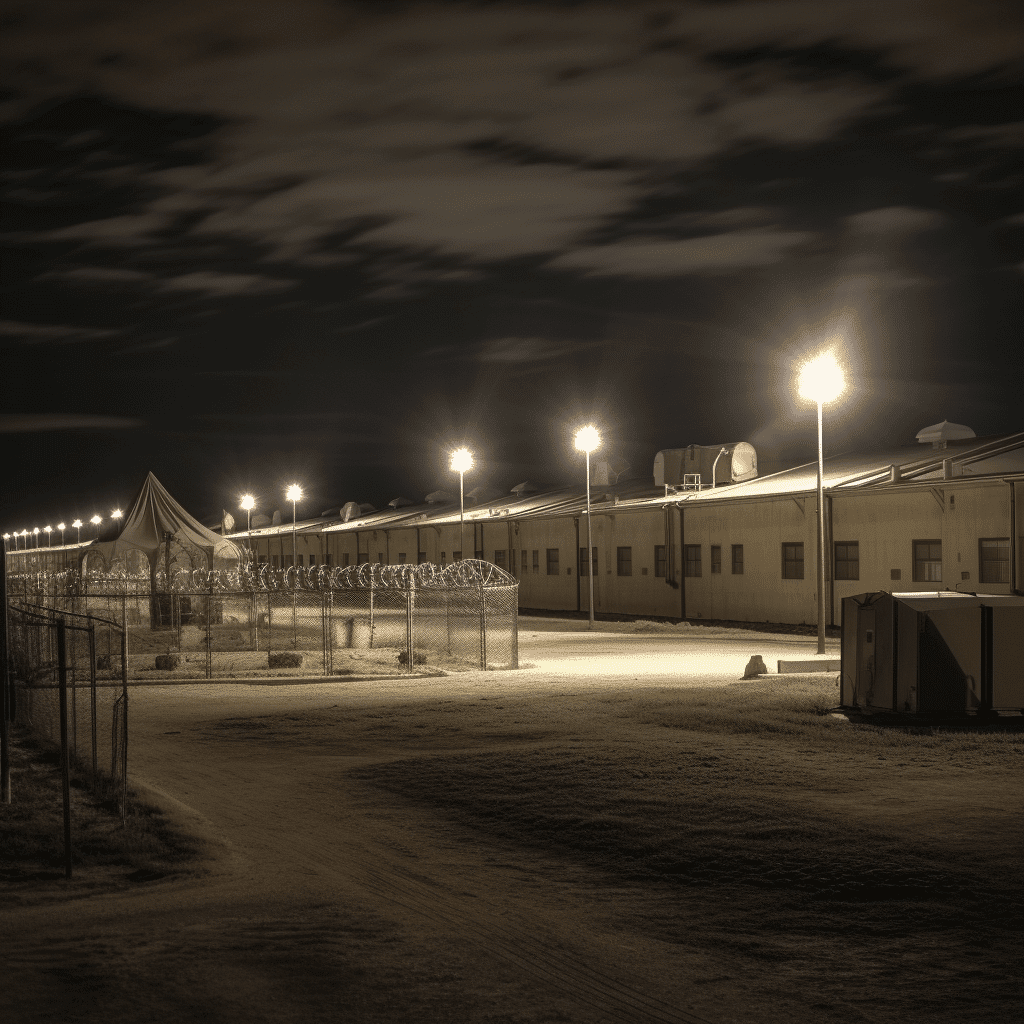What crimes are Category D prisoners?

What Crimes are Category D Prisoners Convicted Of? A Detailed UK Guide
Introduction
The UK’s prison system is a multifaceted structure, categorised into different levels based on the security measures required and the types of offenders housed. One category that often generates curiosity is “Category D.” So, what crimes are Category D prisoners typically convicted of? In this in-depth guide, we’ll explore this subject, focusing on the UK’s criminal justice system.
What is a Category D Prison?
Before diving into the types of crimes, it’s crucial to understand what Category D prisons are. These are open prisons, meaning they have minimal security measures compared to other categories. Inmates in Category D prisons are considered low-risk and are often nearing the end of their sentences. The primary aim is to prepare prisoners for reintegration into society.
Characteristics of Category D Prisons
Low Security: These prisons have minimal fencing, and inmates may even be allowed to leave the premises for work or educational purposes.
Rehabilitation and Resettlement: The focus is on preparing inmates for life after prison, with various programmes aimed at rehabilitation and resettlement.
Work Opportunities: Many Category D prisons offer work release programmes, allowing inmates to work in the community during the day.
What crimes are Category C prisoners?
Common Crimes for Category D Prisoners
Non-Violent Theft
Inmates serving time for non-violent theft, such as shoplifting or petty theft, often find themselves in Category D prisons, especially if they are first-time offenders or nearing the end of their sentences.
Drug Possession
Individuals convicted of drug possession, particularly of less harmful substances and in small quantities, may be classified as Category D prisoners.
White-Collar Crimes
Those convicted of white-collar crimes like tax evasion or minor fraud cases are often found in Category D prisons. These crimes are non-violent and usually involve financial manipulation.
Minor Assault
Some cases of minor assault, especially those where it’s a first-time offence or where the individual has shown good behaviour during their sentence, may be moved to a Category D facility.
Public Order Offences
Less severe public order offences, such as disorderly conduct or minor public disturbances, can also lead to a Category D classification.
Motoring Offences
Individuals convicted of motoring offences like speeding or driving without insurance may find themselves in Category D prisons if they have been sentenced to imprisonment.
How is the Category Determined?
The Ministry of Justice conducts a thorough assessment that considers the nature of the crime, the length of the sentence, and the risk to the public. This assessment is crucial for determining the most suitable category for each prisoner.
Conclusion
Category D prisons play a vital role in the UK’s criminal justice system, focusing on the rehabilitation and resettlement of low-risk offenders. These facilities are designed to prepare inmates for a successful reintegration into society, offering various programmes and work opportunities to achieve this goal. Understanding the types of crimes that lead to a Category D classification can offer valuable insights into how the UK’s prison system operates.



